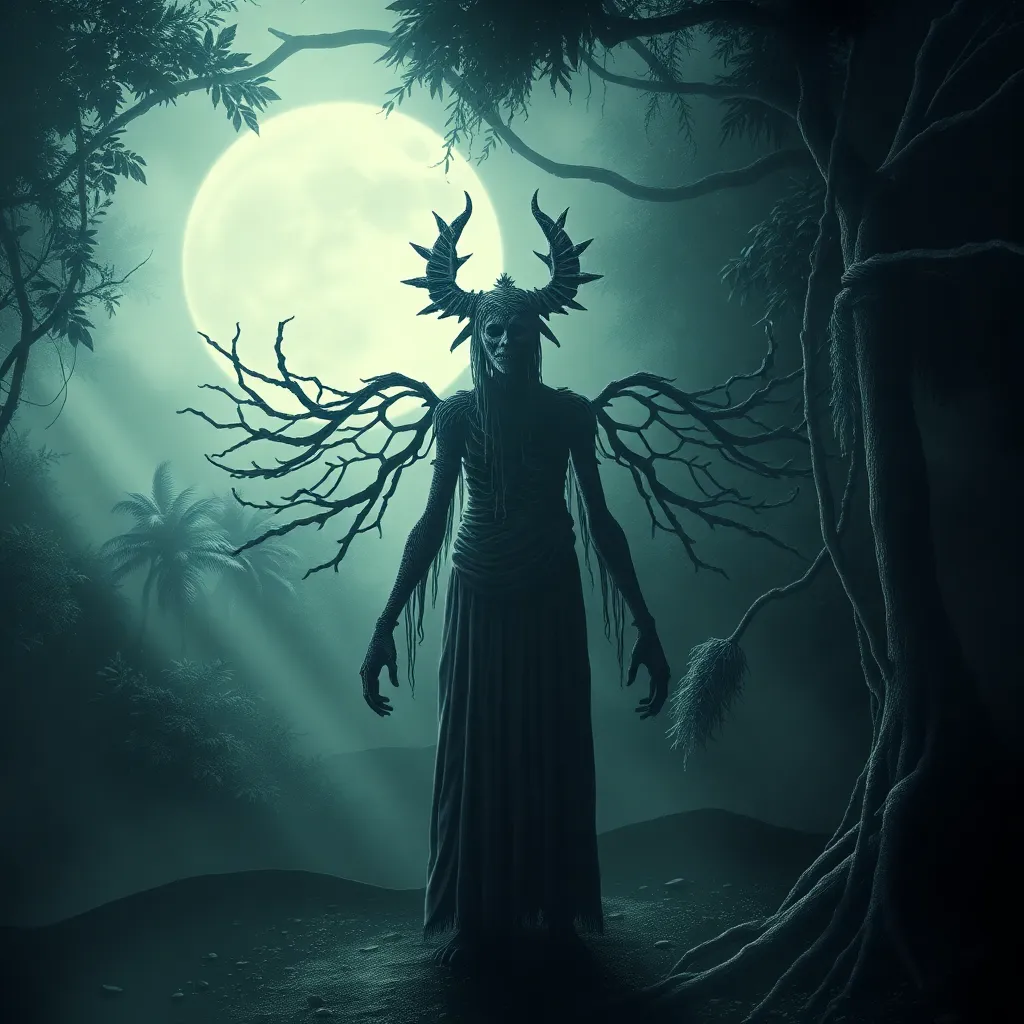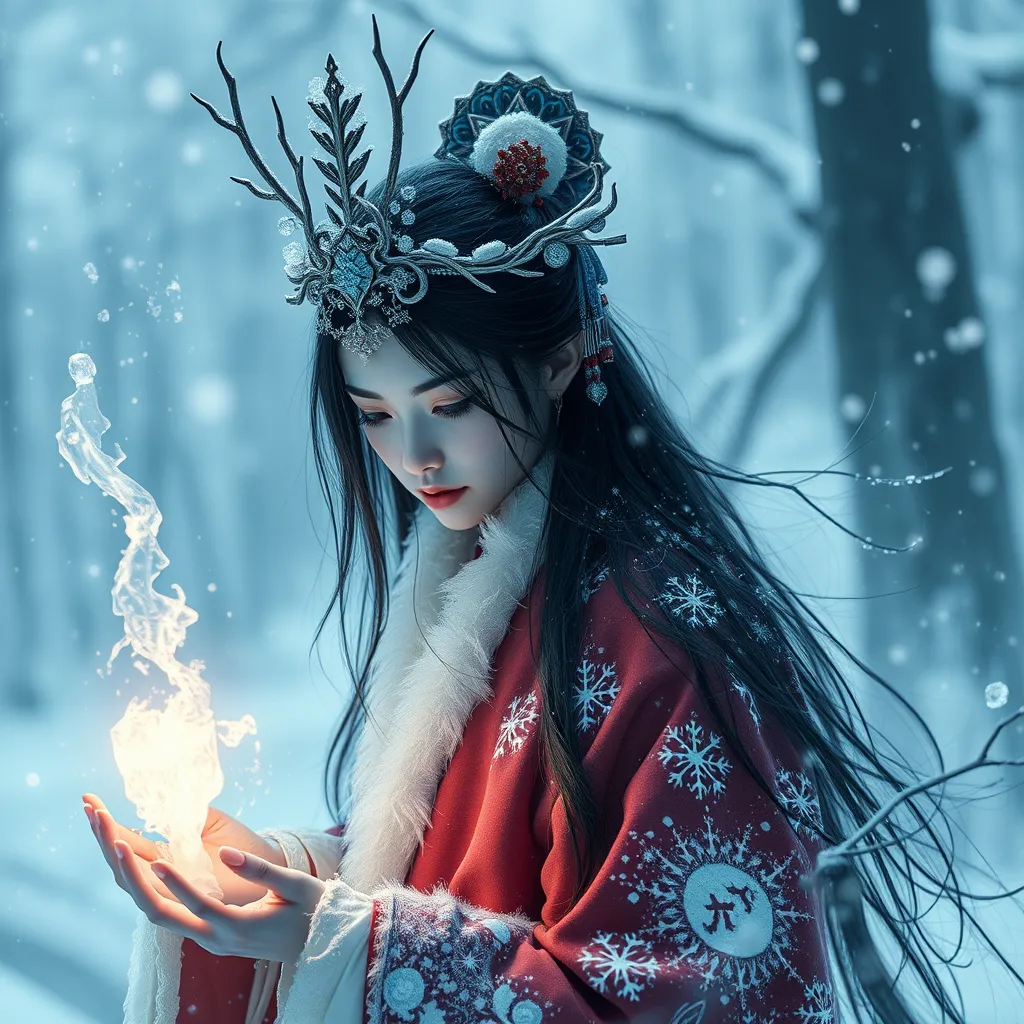The Serpent’s Symbolism: Exploring the Cultural Meanings of Cipactli Across Mesoamerica
I. Introduction to Cipactli
Cipactli, a significant figure in Mesoamerican mythology, is often depicted as a serpent or crocodile-like creature that embodies the essence of creation. This primordial being is central to the creation myths of various ancient Mesoamerican civilizations, particularly the Aztecs and the Maya. In these cultures, serpents symbolize a multitude of concepts including fertility, rebirth, and the duality of life and death.
The purpose of this article is to delve deeper into the cultural meanings of Cipactli across Mesoamerica, exploring its mythological origins, significance in Aztec and Maya cultures, and its enduring legacy in modern interpretations.
II. The Mythological Origins of Cipactli
Cipactli holds a prominent place in Mesoamerican creation myths, often described as a monstrous being that existed before the world was formed. According to the Aztec creation narrative, Tezcatlipoca and Quetzalcoatl, two powerful deities, engaged in a struggle with Cipactli to create the earth.
In both Aztec and Maya cosmologies, Cipactli is seen as a primordial entity, representing the chaotic forces of the universe from which order is derived. Its depiction as a serpent-like creature emphasizes the connection between the earth and the underworld, reinforcing the cycle of life and death.
III. Cipactli in Aztec Culture
In Aztec religion, Cipactli was revered as a powerful symbol of creation. The Aztecs associated it with the earth and agriculture, viewing it as a provider of sustenance. Rituals often included offerings to Cipactli to ensure fertility and a bountiful harvest.
Artistic depictions of Cipactli can be found in various Aztec artifacts, ranging from codices to sculptures. These representations highlight its importance in their spiritual and everyday lives, illustrating the blend of artistry and religious significance.
- Cipactli as a symbol of earth and sustenance
- Artistic representations in codices and sculptures
- Role in agricultural rituals and ceremonies
Cipactli also plays a role in the Aztec calendar, illustrating the cyclical nature of time and the importance of rituals in agricultural and religious practices.
IV. Cipactli in Maya Beliefs
In Maya mythology, Cipactli is similarly significant, though its interpretations may slightly differ. The Maya viewed Cipactli as a representation of the earth and the underworld, emphasizing its role in creation and the balance of nature.
Ritual practices involving Cipactli included offerings and ceremonies aimed at honoring the earth and ensuring harmony within their communities. Artistic representations found in Maya artifacts, such as pottery and stone carvings, further illustrate Cipactli’s importance in their cosmology.
- Significance of Cipactli as an earth deity
- Ritual practices honoring Cipactli
- Artistic representations in pottery and carvings
V. Symbolism of the Serpent Across Mesoamerican Cultures
Across Mesoamerican cultures, serpents symbolize a range of themes, including fertility, rebirth, and transformation. They are often depicted as guardians of the earth and underworld, embodying the duality of creation and destruction.
While there are similarities in serpent symbolism, each culture imbues its significance with unique characteristics:
- Aztecs: Serpents as creators and agricultural symbols
- Maya: Serpents as representations of the earth and spiritual guides
- Otomí and Tlaxcaltec: Serpents often seen in the context of warfare and sacrifice
The duality of the serpent as both a creator and destroyer is prevalent in myths, showing the inherent balance in nature and the universe.
VI. Modern Interpretations of Cipactli
In contemporary times, Cipactli has found new life in modern art and literature, embodying themes of cultural identity and heritage. Artists and writers often draw inspiration from Cipactli to reflect on Mesoamerican history and spirituality.
The relevance of Cipactli extends to discussions surrounding modern Mesoamerican identity, as it serves as a symbol of resilience and cultural pride. Many contemporary interpretations highlight the lessons derived from Cipactli’s mythos, emphasizing the importance of balance, respect for nature, and the interconnectedness of life.
VII. The Legacy of Cipactli in Mesoamerican Studies
Archaeological findings have significantly contributed to our understanding of Cipactli and its role in Mesoamerican cultures. Excavations of ancient sites reveal artifacts and iconography that provide insight into the beliefs and practices surrounding Cipactli.
The study of Cipactli has impacted the broader field of Mesoamerican mythology and history, offering a lens through which scholars can explore the intricate relationships between mythology, culture, and identity. Future research directions may include:
- Interdisciplinary approaches to understanding Cipactli
- Preservation of cultural heritage and its importance
- Exploration of Cipactli’s influence in modern cultural expressions
VIII. Conclusion
In summary, Cipactli serves as a rich symbol of creation in Mesoamerican cultures, embodying complex themes of life, death, and the interconnectedness of nature. Its significance in Aztec and Maya mythology highlights the enduring legacy of serpent symbolism across the region.
As we reflect on the cultural meanings of Cipactli, it is crucial to appreciate the depth of these symbols in contemporary contexts, fostering a greater understanding of Mesoamerican heritage and its relevance in today’s society. By valuing these ancient teachings, we can forge deeper connections to our roots and the natural world.



